Refine search
Actions for selected content:
3386111 results
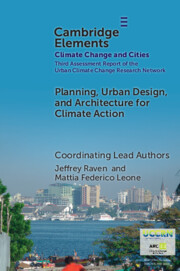
Planning, Urban Design, and Architecture for Climate Action
- Coming soon
-
- Expected online publication date:
- October 2025
- Print publication:
- 31 October 2025
-
- Element
- Export citation
Inequality, Depolarization, and Tax Progressivity
- Coming soon
-
- Expected online publication date:
- October 2025
- Print publication:
- 31 December 2025
-
- Book
- Export citation
Sober State
- Origins of Alcohol Prohibition in India
- Coming soon
-
- Expected online publication date:
- October 2025
- Print publication:
- 30 November 2025
-
- Book
- Export citation
Embers of Reason
- The Secular Imagination and the Contemporary Indian Documentary
- Coming soon
-
- Expected online publication date:
- October 2025
- Print publication:
- 01 April 2027
-
- Book
- Export citation
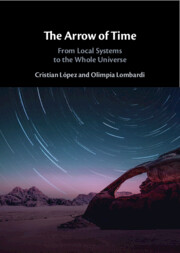
The Arrow of Time
- From Local Systems to the Whole Universe
- Coming soon
-
- Expected online publication date:
- October 2025
- Print publication:
- 30 October 2025
-
- Book
- Export citation

When Corporate Accountability meets Transitional Justice
- International Law and National Practice
- Coming soon
-
- Expected online publication date:
- October 2025
- Print publication:
- 30 October 2025
-
- Book
- Export citation
Critical Perspectives on Data Access for Research
- Coming soon
-
- Expected online publication date:
- October 2025
- Print publication:
- 31 December 2025
-
- Book
- Export citation
Climate Justice
- Resisting Marginalisation
- Coming soon
-
- Expected online publication date:
- October 2025
- Print publication:
- 31 December 2025
-
- Book
- Export citation
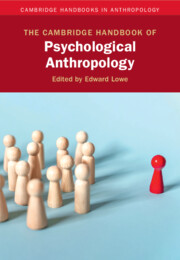
The Cambridge Handbook of Psychological Anthropology
- Coming soon
-
- Expected online publication date:
- October 2025
- Print publication:
- 25 September 2025
-
- Book
- Export citation
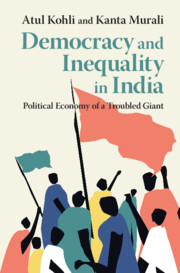
Democracy and Inequality in India
- Political Economy of a Troubled Giant
- Coming soon
-
- Expected online publication date:
- October 2025
- Print publication:
- 30 October 2025
-
- Book
- Export citation
International Arbitration and India
- Practice, Politics, and New Comparative Perspectives
- Coming soon
-
- Expected online publication date:
- October 2025
- Print publication:
- 31 December 2025
-
- Book
- Export citation

Wireless Power Transfer for Unmanned Aircraft
- Fundamentals, Design, and Control
- Coming soon
-
- Expected online publication date:
- October 2025
- Print publication:
- 30 October 2025
-
- Book
- Export citation
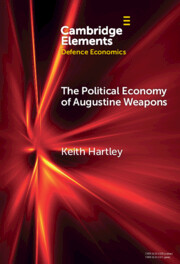
The Political Economy of Augustine Weapons
- Coming soon
-
- Expected online publication date:
- October 2025
- Print publication:
- 31 October 2025
-
- Element
- Export citation

Networks of Reception in the Eighteenth-Century British Press and Laurence Sterne
- Coming soon
-
- Expected online publication date:
- October 2025
- Print publication:
- 31 October 2025
-
- Element
- Export citation
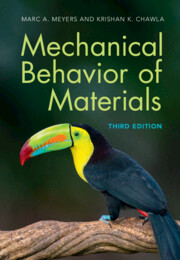
Mechanical Behavior of Materials
- Coming soon
-
- Expected online publication date:
- October 2025
- Print publication:
- 22 May 2025
-
- Textbook
- Export citation

Shakespeare Survey 78
- Shakespeare and Communities
- Coming soon
-
- Expected online publication date:
- October 2025
- Print publication:
- 16 October 2025
-
- Book
- Export citation
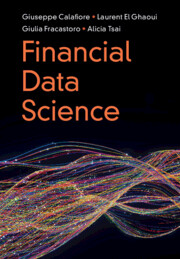
Financial Data Science
- Coming soon
-
- Expected online publication date:
- October 2025
- Print publication:
- 17 July 2025
-
- Textbook
- Export citation
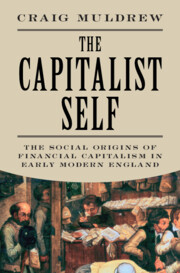
The Capitalist Self
- The Social Origins of Financial Capitalism in Early Modern England
- Coming soon
-
- Expected online publication date:
- October 2025
- Print publication:
- 30 October 2025
-
- Book
- Export citation

Seminars in Child and Adolescent Psychiatry
- Coming soon
-
- Expected online publication date:
- October 2025
- Print publication:
- 30 October 2025
-
- Book
- Export citation
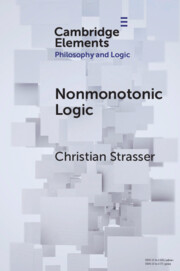
Nonmonotonic Logic
- Coming soon
-
- Expected online publication date:
- October 2025
- Print publication:
- 31 October 2025
-
- Element
- Export citation
